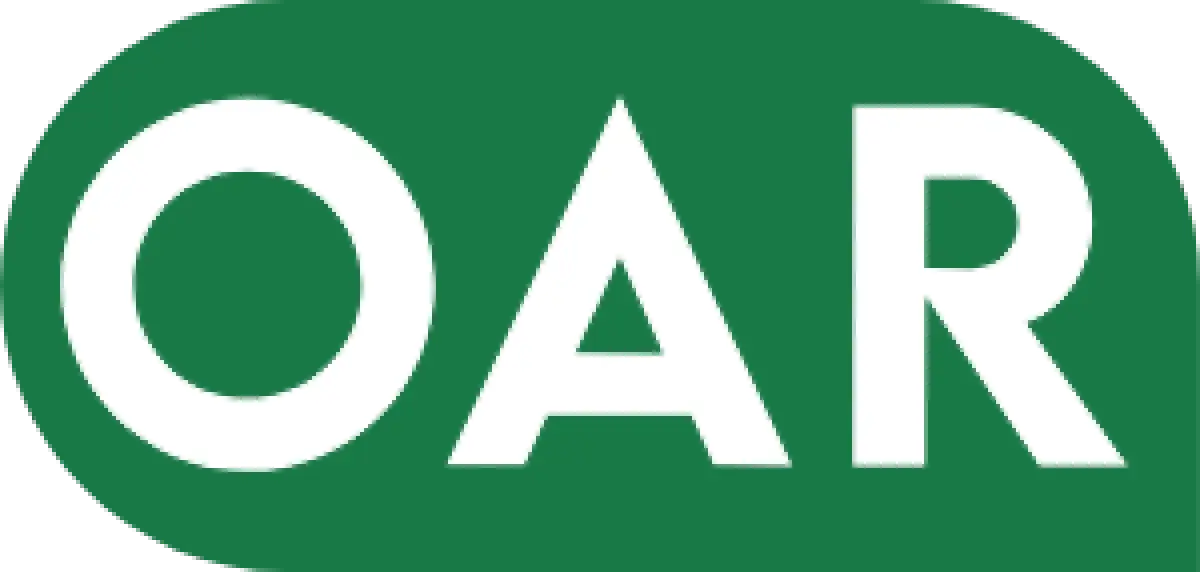Should You Automate AR Processes or Manually Send Invoices?
Jun 27, 2024

While manual invoicing enhances more personalised customer relationships and flexibility, automation offers streamlined workflows, fewer errors, and faster payments.
In this article, Our expert explains the pros and cons of each approach, providing insights to help businesses make an informed decision tailored to their company's unique needs.
How Does AR Automation Work?
Accounts receivable automation uses advanced software to streamline invoicing and payment collection. It automatically generates invoices from templates linked to ERP or CRM systems and sends them electronically to customers to save time. Automated reminders for overdue payments eliminate manual tracking, ensuring prompt follow-ups.
When customers make payments, the automation software matches them to corresponding invoices, streamlining reconciliation and reducing errors. AR automation also provides real-time tracking and reporting, offering detailed insights into outstanding receivables and cash flow.
Advanced features may include predictive analytics to forecast AR and payment trends, and identify potential issues early. Integration with other financial systems ensures that financial data remains up-to-date and accurate.
AR Automation Advantages
Automating accounts receivable processes offers numerous advantages for businesses seeking efficiency and accuracy. Below are some advantages that can have a positive impact on business operations:
- Enhanced accuracy and error reduction: Automating invoicing and payments reduces manual errors, ensuring invoices are consistently generated and sent correctly. Automation extends this accuracy to reconciliation tasks, more precisely, matching payments with invoices.
- Significant time and cost savings: Automation reduces manual invoice processing and payment reconciliation, saving time and resources for more strategic tasks. It also slashes administrative costs linked to paper-based systems and manual data entry.
- Improved cash flow management: Automating invoicing and payments accelerates receivable collections, improving cash flow predictability and liquidity. Automated reminders for overdue payments reduce outstanding balances, boosting financial health.
- Real-time monitoring and reporting: Automation continuously tracks invoice statuses and payments, providing real-time visibility into cash flow. Detailed reports from automated systems identify trends, forecast cash flows, and support timely financial decisions.
- Better customer experience and satisfaction: Automated invoicing ensures prompt, accurate billing, reducing delays and errors that could frustrate customers. Efficient payment processing improves turnaround times, enhancing satisfaction levels.
Contact OAR to Implement Invoicing Processes Tailored to Your Business Needs
Potential Disadvantages to Take Into Consideration
While AR automation offers advantages, it also presents potential drawbacks that businesses should consider before investing in any tool:
- Initial setup costs and investment: Businesses incur initial costs for purchasing automation software, training staff, and integrating with existing systems. Upgrading hardware adds to this investment. Businesses should consider their size and scale to determine if the investment is worthwhile.
- Complexity of implementation: Transitioning to automated systems from manual processes requires careful planning and execution. Integrating with existing IT infrastructure can cause disruptions and potential cybersecurity threats. Training employees and ensuring cross-department compatibility further complicate the automation process.
- Dependence on technology and system downtime: Technical issues can disrupt financial operations, delaying invoicing and payments. Plus, reliance on automated systems requires robust IT support and regular maintenance to minimise the risk of prolonged outages.
- Potential job reductions and employee resistance: Implementing AR automation can lead to job reductions as manual tasks are automated. This may cause employee resistance due to job security concerns and workflow changes.
- Security and data privacy concerns: Storing sensitive financial information electronically heightens the risk of data breaches and cyberattacks, necessitating robust security measures and adherence to data protection regulations to safeguard customer information.
How Does AR Manual Invoicing Work?
Manual invoicing in accounts receivable begins with creating invoices based on sales orders or services provided, using dedicated templates or forms. These invoices are then distributed to customers by mail or electronically as PDF attachments.
After sending invoices, businesses manually track payment receipts, recording each against the corresponding invoice. It requires diligent monitoring to ensure accurate accounting. Manual follow-up is necessary for overdue payments to remind customers and promptly settle outstanding balances.
AR manual invoicing requires reconciling payments with the general ledger, ensuring accurate financial records by comparing payment details with invoices, and updating company accounts accordingly. Detailed manual records of invoices, payments, and reconciliation are kept for auditing and financial reporting, maintaining regulatory compliance, and providing a clear financial overview.
Hire OAR to Improve Your Accounts Receivable
AR Manual Invoicing Advantages
Manual invoicing offers distinct advantages that cater to specific business needs and preferences:
- Personalised customer interaction: Manual invoicing in AR enables personalised customer interaction through tailored invoicing and direct communication, fostering trust and satisfaction by addressing queries promptly and adapting to customer preferences.
- Flexibility and customisation: It offers the flexibility to customise invoices to meet customer preferences, enhancing satisfaction with personalised details. It enables swift adjustments to invoicing processes, effectively adapting to changes in business or customer demands.
- Low initial setup costs: Manual invoicing in AR offers low initial setup costs, accessible for smaller businesses and startups without significant investments in software or infrastructure. Minimal training for manual processes reduces costs associated with staff education and onboarding.
- Easier to control for small businesses: Small businesses can oversee invoicing closely, monitor finances effectively, and make swift decisions. It offers flexibility in adapting strategies to meet operational needs and customer preferences without relying on complex automation.
- Minimal dependence on technology: It reduces reliance on technology, enabling efficient operations with basic office tools and avoiding disruptions from technological failures. This simplifies operations by bypassing complex software integration.
Disadvantages and Challenges
Manual invoicing in AR presents challenges that underscore potential limitations in efficiency and scalability compared to automated systems.
- Time-consuming and labor-intensive processes: Invoice creation, distribution, and payment tracking require extensive manual effort, potentially causing delays in invoicing cycles and slower payment collections.
- Higher risk of human error: The manual handling of invoices and payment tracking increases the likelihood of inaccuracies that may lead to discrepancies in financial records.
- Slower cash flow management: Manual invoicing in AR can lead to slower cash flow management due to time-consuming invoice creation and processing. This can potentially extend payment periods and impact liquidity and financial planning.
- Limited scalability and growth potential: It has limited scalability and growth potential due to its reliance on manual processes that can struggle with increased invoicing volumes, potentially causing bottlenecks and delays.
- Difficulty in tracking and reporting: Facing tracking and reporting challenges due to manual data entry and record-keeping, leading to errors in financial reports that impede accurate insights into financial performance and receivables management.
How to Make the Correct Choice Between AR Automation vs. Manual Invoicing?
When deciding between AR automation and manual invoicing, it's crucial to consider the business's specific needs and scale. Large enterprises, particularly those dealing with high volumes of transactions, can greatly benefit from AR automation. This system streamlines processes, reduces human error, and enhances efficiency, making it ideal for corporations with complex invoicing requirements and substantial accounting teams. Additionally, businesses experiencing rapid growth might find AR automation indispensable in managing their increasing workload without proportionally increasing their staff.
On the other hand, smaller businesses or startups with relatively fewer transactions may find manual invoicing more suitable. This method allows for greater personalisation and direct control over each invoice, which can be advantageous for maintaining close customer relationships. Companies that prioritise bespoke services or have unique billing structures might also prefer manual invoicing, as automated systems might lack flexibility. Businesses with limited budgets might opt for manual invoicing to avoid the initial investment and ongoing costs associated with automation software.
Ultimately, the choice hinges on the volume of transactions, the need for efficiency versus personalisation, and budget considerations. By aligning the invoicing method with the business’s operational scale and financial resources, companies can effectively optimise their accounts receivable management processes.
Book a Meeting with a Team of Experts to Enhance Your Invoicing Process Efficiency
 Author: Giles Goodman, Commercial Intervention Officer OAR
Author: Giles Goodman, Commercial Intervention Officer OAR
Giles Goodman is the definitive expert in cross-border commercial debt collection, mediation, legal recovery, and accounts receivable. Based in London, his 25 years of experience provide a global perspective on preventing defaults and efficiently managing overdue accounts. Giles’s insights and analyses empower business owners worldwide with strategic approaches to financial management and recovery.

Take control of your cash flow.
Streamline Vendor Onboarding & Boost Payments Worldwide.
Contact Us
OAR | Copyright 2025


